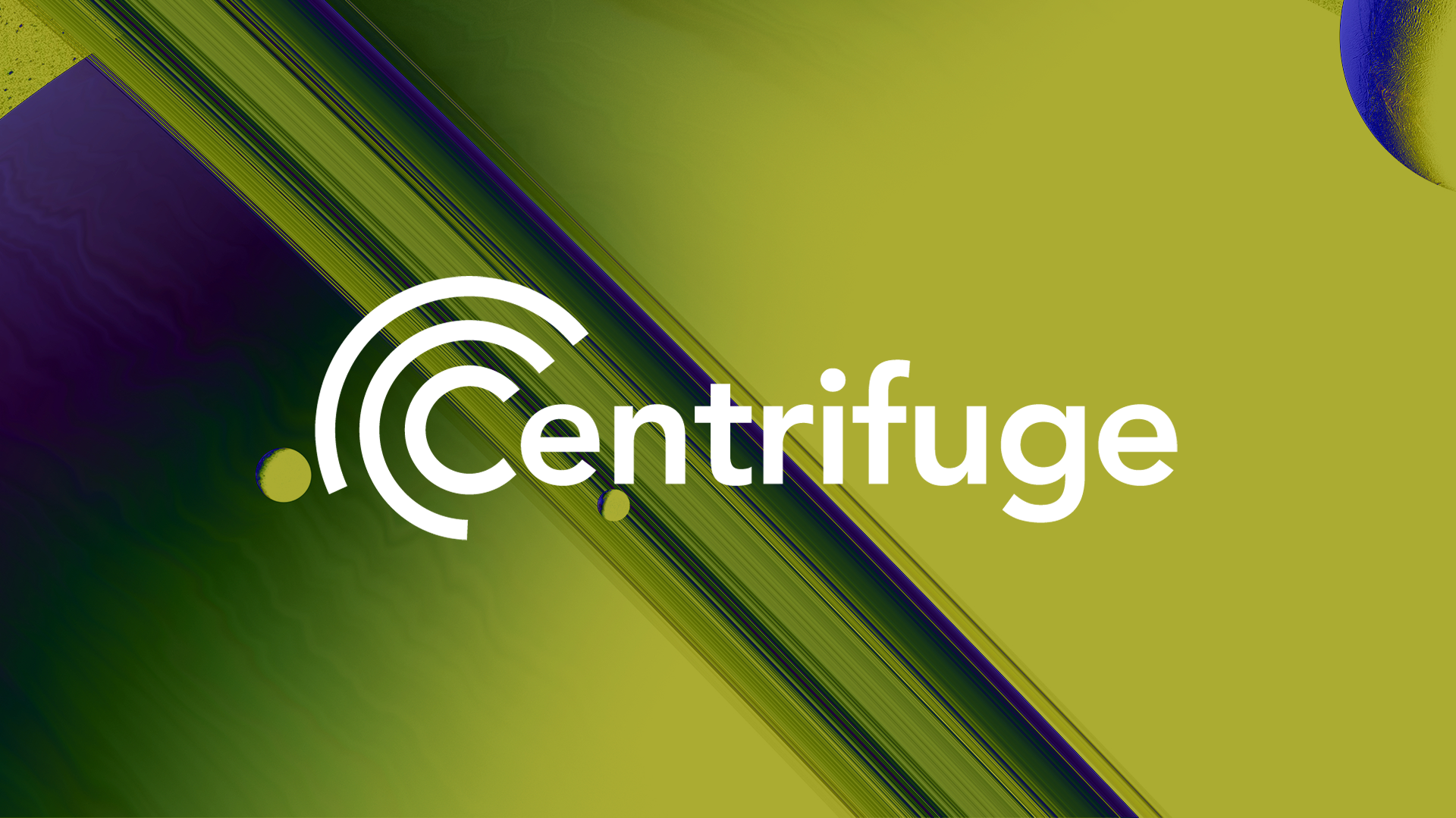What is Centrifuge? (CFG)

Centrifuge is a decentralized finance lending protocol that aims to make credit more accessible to small businesses via bringing real world assets onto the blockchain and lending against them.
Centrifuge’s associated decentralized application, Tinlake, is a marketplace for tokenized real-world assets. By creating NFTs that represent verified real-world assets, companies can collect assets to use as collateral on their loans and quickly access more liquid funds which are provided by individual investors.

In return, investors can utilize traditional business lending methods to earn a more predictable reward on their investment and protect themselves from exposure to the unpredictable volatility of crypto markets.
Originally built as its own blockchain, Centrifuge is also compatible with parachains on Polkadot. Centrifuge has followed Ethereum standards while developing its NFT capabilities and the Tinlake protocol. In this way, Centrifuge bridges the Polkadot and Ethereum ecosystems, attempting to leverage the benefits each has to offer.
Centrifuge is powered by the Centrifuge token (CFG), which provides security to the blockchain while allowing holders to pay transaction fees, stake assets, and participate in Centrifuge’s governance.

Who Created Centrifuge?
Centrifuge was co-founded by a German team led by CEO Lucas Vogelsang, who previously founded the e-commerce company DeinDeal.
Prior to Centrifuge, Vogelsang and other co-founders launched Taulia, a FinTech provider of working capital solutions. Taulia serves customers in more than 100 countries, providing services such as electronic invoicing and supply chain financing. Centrifuge has aimed to build these services within its blockchain architecture.
Through five rounds of funding over its first three years, Centrifuge has raised nearly $12 million. Investors include firms such as Galaxy Digital and IOSG Ventures. A CFG token sale held on Coinlist on May 26, 2021 saw 17 million CFG tokens sold for $19 million.
How Does Centrifuge Work?
Centrifuge’s core product is Tinlake, an open marketplace and investment app built on Ethereum. Tinlake helps bring the traditional finance offering of collateralized loans onto the blockchain.
Traditionally, if a business wishes to gain additional working capital, they have to approach a wealthy private investor or submit a loan application to a large financial institution. However, small businesses rarely have access to the same financing opportunities as large businesses, despite low rates of default on their loans.

The easiest way to understand how Centrifuge utilizes DeFi to overcome these challenges is by exploring the issue from the perspective of the business and the investor:
Businesses
Tinlake allows businesses, referred to as asset originators on Tinlake, to tokenize their valuable real-world assets, such as mortgages and invoices. An NFT representation of each of those assets, called a tokenized document, is then committed to the blockchain, making both its authenticity and ownership verifiable. This tokenized asset can then be used as collateral for loans funded by the liquidity investors have deposited within Tinlake pools.
Investors
Investors, also known as lenders, are participants who lock stablecoins (such as DAI) in Tinlake pools to provide capital to businesses as loans. In return, investors earn a yield on the capital that has been provided to asset originator businesses. Investors can research asset originators before providing liquidity to their pools, in order to gain a clearer understanding of the quality of the business. Once an investor chooses a pool, they lock in their DAI and choose to receive either TIN or DROP tokens in return.
TIN offers investors higher risk and thus higher reward. Investors that choose to hold TIN accept the first risk of loss when a borrower defaults. However, TIN also provides higher, though more variable return on investment.
DROP tokens provide a lower but more stable yield. Investors who choose to receive DROP tokens have the benefit of “protection” that comes from the frontline TIN holders in each pool. Centrifuge describes the difference between TIN and DROP as the difference between junior and senior tranche investments seen in traditional finance.
Accrued interest in TIN or DROP can be redeemed at any time for DAI when an investor wants to remove their liquidity.
